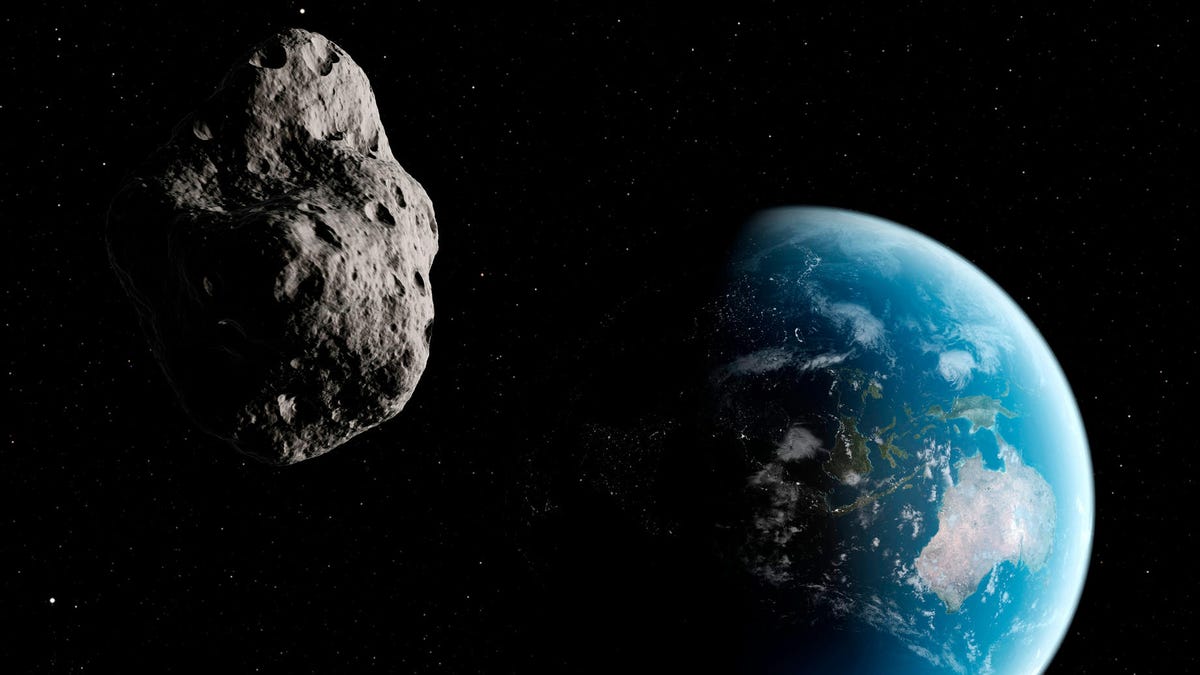Big batch of asteroids buzz Earth in a single week
An unusual number of space rocks passed by for a visit ahead of the holidays.

A gaggle of galloping space rocks were spotted over the past several days.
As the Leonid meteor shower was lighting up skies with bright fireballs over the past week, some bigger space rocks were also zipping over us.
No fewer than six asteroids have flown closer to Earth than the distance to the moon, including the second-closest pass of the year.
Astronomers catch asteroids whipping by almost every day, but it's a little more rare to spot them passing within one lunar distance (about 239,000 miles or 384,000 kilometers).
According to NASA data, 66 asteroids have come that close to us so far in 2018, including the half dozen making flybys since Nov. 13.
The closest of this batch was asteroid 2018 WG, which sped above us at a distance of around 19,000 miles (30,500 kilometers) on Friday. Only asteroid 2018 UA was observed nearer to the surface of our planet this year and survived to keep going, when it came within 9,544 miles (15,360 kilometers).
Both distances are significantly closer to us than a number of manmade satellites in orbit.
Not included in the rankings is a small asteroid that became a meteor when it entered the atmosphere in June and may have made it all the way to the ground.
The asteroids that cruised through our cosmic neighborhood this past week ranged in size from that of a compact car to a few larger bits of space debris more comparable to a semi-tractor trailer.
While none of the asteroids posed a threat to the planet, most such (relatively) near misses are spotted for the first time within just days or hours of reaching their closest point to us. While that might sound concerning, it's largely because they're pretty small compared to most of the asteroids we're tracking.
At the moment, no asteroids are predicted to come within one lunar distance in the next nine years. But it's almost certain more are about to be spotted by our celestial front gate in the next few weeks if not sooner.
CNET's Holiday Gift Guide: The place to find the best tech gifts for 2018.
Best Black Friday 2018 deals: The best discounts we've found so far.

